5 Strategies to Avoid Overwatering Your Plants
Team PlantTAGG2023-06-16T06:21:55-06:00If you’re relatively new to gardening, it can be challenging to determine how much water your plants need. While watering is necessary to keep them sufficiently hydrated, overwatering is another issue that can harm your plants. Knowing how to identify, diagnose and avoid overwatering can help maintain optimal plant health.
Signs That You’re Overwatering Your Plants
You’ll know if overwatering is a problem if your plants exhibit any of the following signs.
Wilting Even When Wet
One sign of overwatering is if the plant is wilting even if the soil is wet. If you find that your plant is struggling even when you’re keeping it hydrated, this may be a sign that you’re giving the plant too much water.
Edema
Edema occurs when a plant absorbs more water than it requires. When it happens, the plant’s cells expand, and in many cases, cells eventually rupture. If they rupture, you’ll spot lesions or blisters on the plant. Over time, some of the plant’s lesions could develop into white scarring, or you might find some indentations on the plant’s leaves.
Root Rot
You can find signs of overwatering by looking at the root of the plant. If the soil is too moist, it can suffocate the roots as they drown and rot. As root rot develops in the form of a fungal disease, you’ll notice roots beginning to turn brown, gray, or even slimy, and the plant will eventually wilt as the root health deteriorates. If root rot is occurring, the only way to get rid of it is to remove the entire plant and dispose of it to prevent it from affecting your other plants.
Browning
Leaves turning brown or wilting can indicate overwatering. Unfortunately, it can be a bit of a challenge to determine if browning is caused by overwatering or general poor plant health. Gardeners often mistake brown leaves for dehydration and give the plant even more water, but it’s important to check the soil for moisture before pouring more water. The best way to test the soil’s wetness is to place a finger in it near the base of the plant. If it’s dry, it may be best to give the plant more water.
Yellow Leaves That Are Falling Off
Another sign of overwatering is if your leaves turn yellow and new leaves frequently fall from the plant. Giving the plant less water may help it flourish.
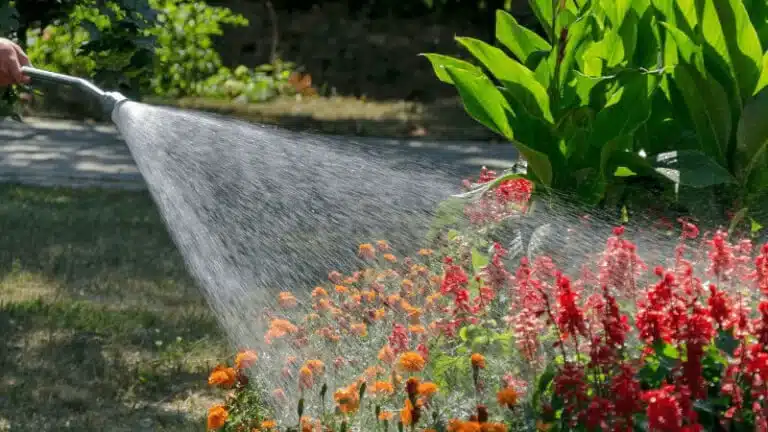
Strategies for Avoiding Overwatering
Whether you’ve noticed signs of overwatering or want to take steps to prevent these issues, there are some strategies you can try to help ensure you don’t overwater your plants at any point.
Avoid Sticking to a Strict Watering Schedule
One common mistake that gardeners make is watering on a strict schedule without checking the soil’s moisture. Always keep in mind that the weather will influence the amount of watering you need. For example, on a humid, rainy, or overcast day, the soil won’t be as likely to lose moisture. On the other hand, your plants could become dehydrated on hot and dry sunny days, so water accordingly and use mulch. Having a watering schedule is a good idea but keep it flexible depending on the time of year and the current weather.
You can determine when it’s time to water your plants by sticking your finger around two inches beneath the soil twice a week or so. If the soil is dry, feel free to give the plant some water. But if it’s damp, wait a day or two.
Use Hydrospikes
If you’re having difficulty making sure your plants get enough water without overwatering, you can use hydrospikes. Hydrospikes periodically water the plant via capillary action, in which a jug collects water and channels it to a tube connected to a spike that provides the plant with water. Your only role in maintaining a hydrospike system will be to fill the jug when it gets empty.
Pay Attention to the Seasons
During the growing seasons of spring and summer, plants typically will need more water. When dormant in the winter, you won’t need to water as much. Watering more when it’s dry and hot will help your plants grow, but try to water less frequently as the temperature cools.
Select the Appropriate Pot Size
Some gardeners might choose a pot for a plant hoping that the plant will grow into it. However, this isn’t how plant growth works. With roots exposed in an oversized pot, you’re more likely to see root rot, and plants will be unable to use the amount of water that larger pots can hold. The best policy is to upgrade to a larger size when needed as the plant grows.
Use Pots with Drainage Holes
Having a pot with drainage holes can help keep your plant from drowning through good drainage. Drainage holes can prevent the build-up of stagnant water that could otherwise prevent your plants from absorbing enough oxygen.
Use PlantTAGG to Avoid Overwatering Your Plants
Any of these strategies can help you avoid overwatering your plants in any garden, indoors or out. For optimal plant health, try PlantTAGG!
PlantTAGG is free to use with nothing to download or install. Text ‘PLANTS’ to 46376 to get started. PlantTAGG provides carefully curated plant care guidance about when to water, fertilize and prune the specific plants in your yard.


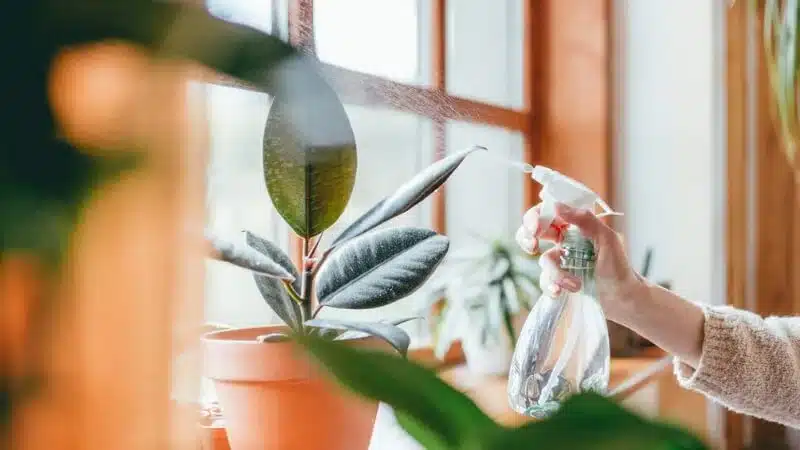
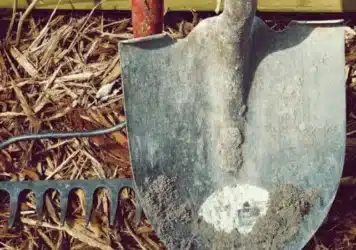
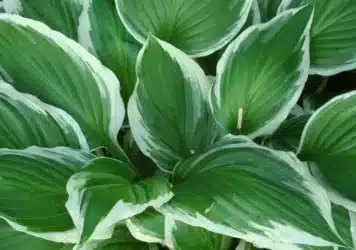
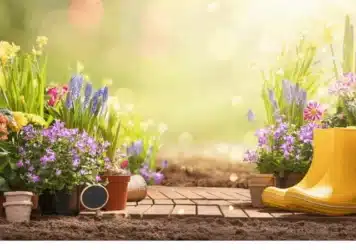
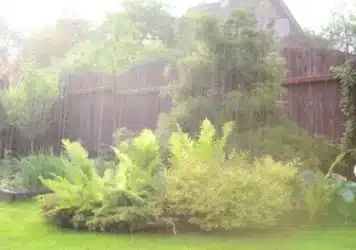

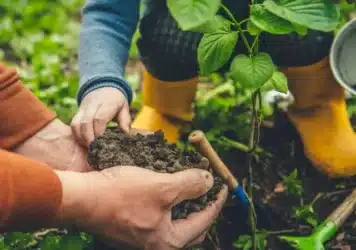
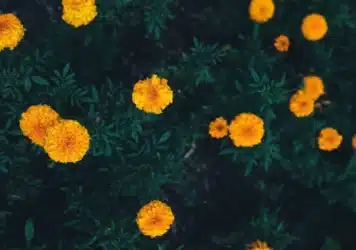
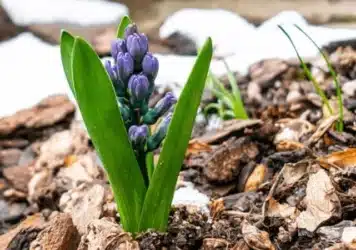

Leave a Reply